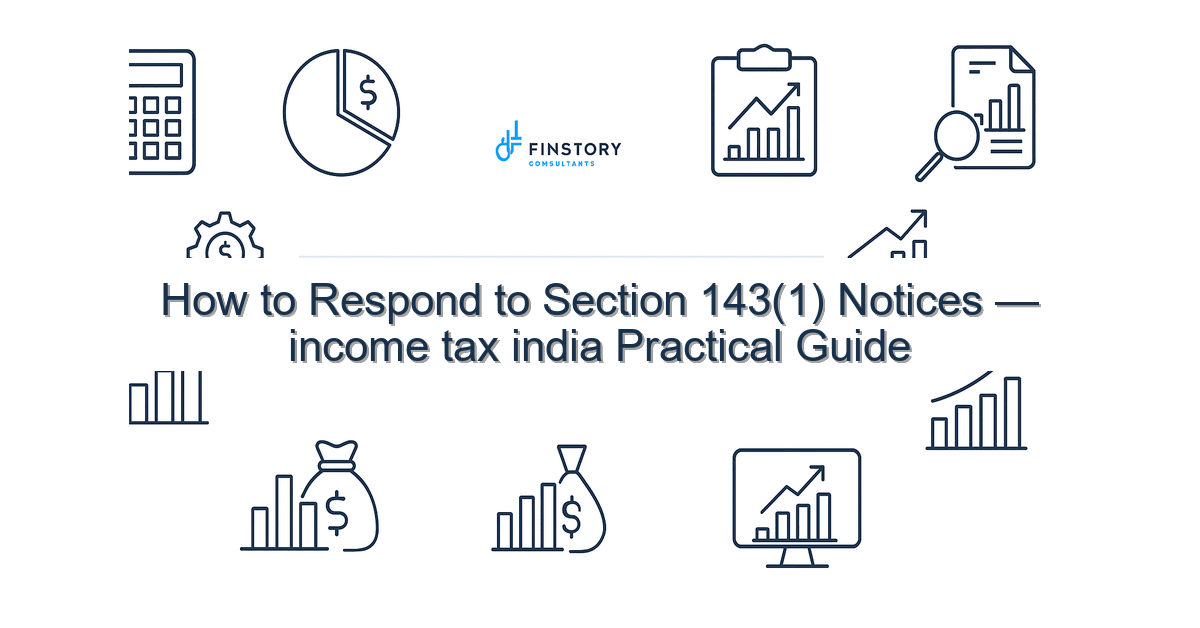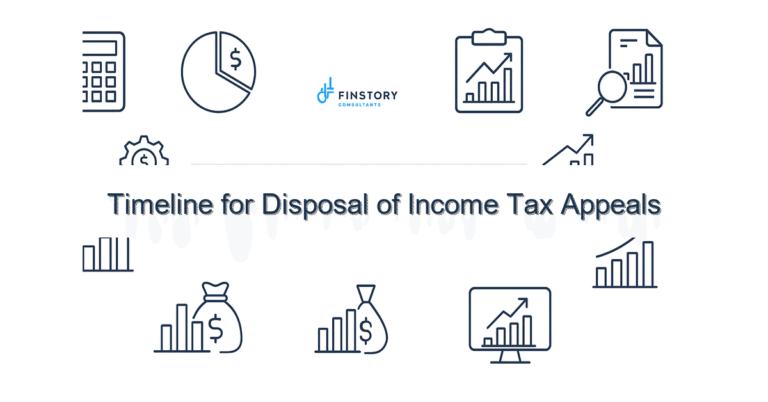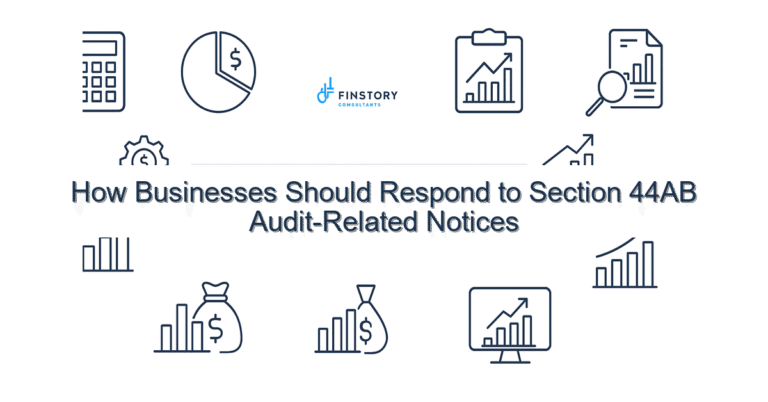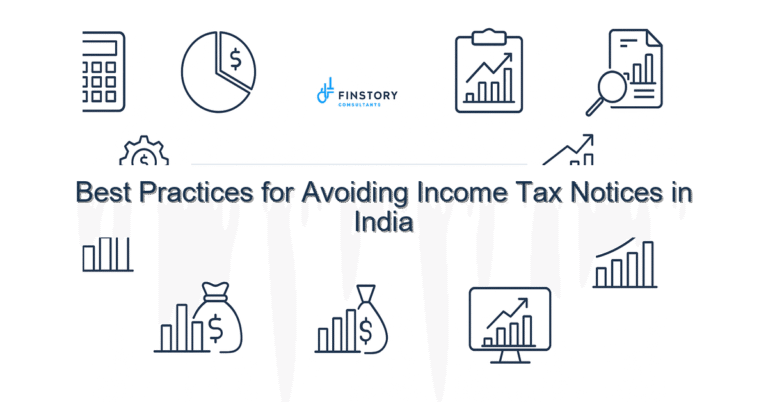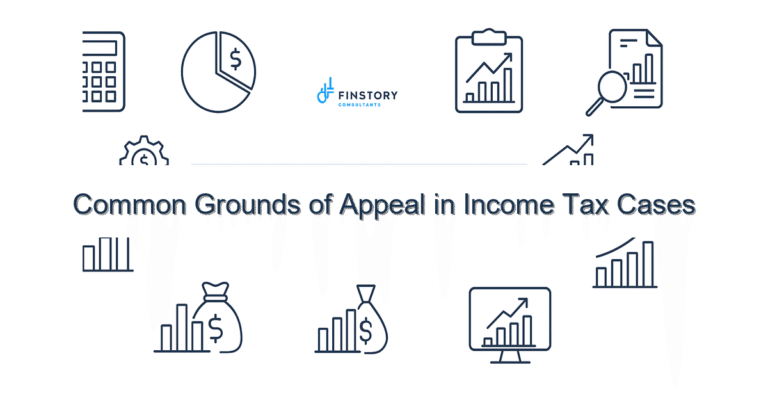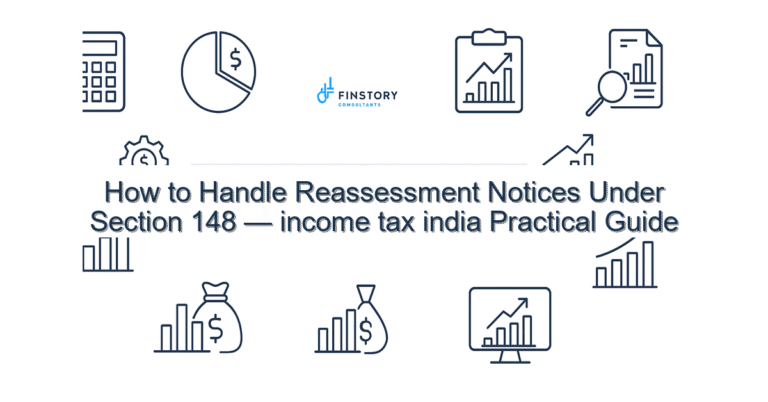How to Respond to Section 143(1) Notices — income tax india Practical Guide
Feeling a jolt when you opened an email titled “Intimation u/s 143(1)”? You’re not alone — whether you’re a salary-earner, a founder, or a CFO, that message can trigger anxiety about compliance and cash flow. This guide is built for Indian taxpayers and finance teams who want to respond calmly and correctly.
Summary: The key is reconciliation: check the notice code and AY/PY, reconcile the tax computations with AIS/26AS/Form 26AS, collect supporting documents (Form 16/16A, capital gains computation, proofs for Section 80C limit), then respond via the e‑filing portal or file a rectification with clear evidence — all backed by an internal checklist and owner.
What’s the real problem in India? (income tax india)
Section 143(1) intimations are automated communications from the Income Tax Department that report arithmetical adjustments, mismatches in TDS/TCS, or processing differences after your ITR is uploaded. In India we juggle AY/PY conventions, CBDT timelines, electronic AIS reports, and frequent changes in rules (new vs old regime slabs, changes to Section 80C limit, etc.), so small data gaps cause notices.
- Symptom: A demand appears even though you show tax paid in your books or bank.
- Symptom: Refund reduced or rejected because Form 26AS/TDS entries don’t match your ITR.
- Symptom: Capital gains reported differently by your broker/custodian vs your return (indexation mismatch).
- Symptom: Notice references TDS/TCS entries missing or credited to a different PAN.
What people get wrong
Common pitfalls are mostly process failures rather than substantive tax law disputes.
- Ignoring the notice — thinking it’s a routine email. A timely response prevents interest and recovery action.
- Assuming TDS means tax paid — TDS may have been credited to another PAN or not processed by CBDT yet.
- Misreconciling capital gains — forgetting indexation or confusing short-term vs long-term treatment.
- Failing to match AIS/26AS with books — many notices arise because of bank or employer reporting errors.
- Choosing the wrong tax regime (new vs old regime slabs) in response calculations or when filing a revised return.
A better approach
Use a simple 5-step framework to convert alarm into action.
- Step 1 — Stop and read: Note the notice code, AY/PY, and the reason text. This tells you whether it’s a TDS mismatch, arithmetic error, or processing variance.
- Step 2 — Reconcile fast: Pull AIS/26AS, Form 26AS, employer Form 16, Form 16A, bank TDS certificates, broker reports, and your accounting entries.
- Step 3 — Fix the data: If TDS/TCS is missing, request corrected Form 16A or TDS correction from the payer. If you underreported income, consider filing a revised return (if within allowed time) or prepare a rectification application u/s 154 with documentation.
- Step 4 — Respond with evidence: Upload a concise response on the e-filing portal or submit a rectification request. Attach reconciliations, computation of capital gains (showing indexation), proof for Section 80C claim, and TDS certificates.
- Step 5 — Close loop and prevent recurrence: Update your internal book-to-tax reconciliation process and train payroll/treasury teams.
Quick story: A small startup CFO ignored a 143(1) intimation showing a demand of Rs. 1.2 lakh. On reconciling AIS/26AS they discovered a TDS credit reported under the founder’s old PAN. A quick TDS correction from the bank and a rectification request cancelled the demand — with no penalty and only minimal interest exposure.
Quick implementation checklist
- Confirm notice details: notice date, notice code, AY/PY, amount demanded or refunded.
- Download AIS/26AS/Form 26AS for the AY and verify all TDS/TCS entries and challan status.
- Gather Form 16/Form 16A, bank certificates, broker ledger (for capital gains indexation), and proofs for Section 80C limit claims.
- Recompute tax using the correct tax regime (new vs old regime slabs) chosen for the ITR.
- If mismatch due to TDS, request correction or file a rectification; if due to omission, consider revised return (check timelines) or rectification route.
- Prepare a concise response packet: reconciliation sheet + supporting docs; upload via e-filing portal or submit to the assessing officer as instructed.
- Document the owner, target dates, and escalation path (finance head / tax advisor).
- Log the case in your tax dashboard and update the ITR filing calendar — note ITR filing last date and review timelines for future AYs.
- Consider short-term payment to stop recovery if exposure is material, while pursuing correction.
What success looks like
- Notice closed without any additional demand or penalty.
- Reduction in time-to-close for tax notices from weeks to days (target: <7 days).
- Fewer TDS/TCS mismatches year-on-year (measurable drop in notices per AY).
- Zero surprises on cash flow — tax disputes resolved before recovery action.
- Improved accuracy in book-to-tax reconciliation and documentation for Section 80C limit, capital gains indexation, and other common issues.
Risks & how to manage them
Key risks include missed deadlines, incorrect responses, and under‑documentation.
- Missed deadline — assign a clear owner and treat the e-filing response as high priority; escalate to tax counsel if the notice amount is significant.
- Incorrect response — use standardized reconciliation templates and get a peer review from tax or legal before submission.
- Insufficient proof — proactively collect TDS/TCS certificates and maintain sale/purchase records (critical for capital gains indexation).
- Cash-flow strain from unexpected demand — consider short-term payment or negotiated timelines while contesting via rectification.
Tools & data
- Income-tax e-filing portal — to view notices and submit responses/rectification requests.
- Form 26AS / AIS download for the AY, TDS/TCS statements, and challan status.
- Accounting system or ERP (with tax module) that can produce book-to-tax reconciliations.
- Capital gains calculators that support indexation and ledger exports from broker/custodian.
- Templates: reconciliation worksheet, response cover letter, evidence checklist ([link:ITR guide] for filing basics).
- Trusted tax advisor or in-house tax lead for complex disputes.
Next steps
If you’ve received a Section 143(1) notice now: pause, gather AIS/26AS and Form 16, reconcile the amounts that triggered the intimation, and prepare a short response with supporting documents. Keep the ITR filing last date and your internal tax calendar in view so you don’t conflate rectification choices with revision windows. For recurring issues—TDS/TCS mismatches or capital gains indexation errors—build controls around input data and payer reporting.
When you want a dependable partner to reduce notices and automate reconciliations for your finance team, that’s where we step in. We handle reporting gaps, reconcile Form 26AS and books, and close notices while improving your ongoing controls for income tax india compliance.
Work with Finstory. If you want this done right—tailored to your operations—we’ll map the process, stand up the dashboards, and train your team. Let’s talk about your goals.
📞 Need help with Income Tax in India?
Book a 20-min consultation with our tax team. Individuals, founders & MSMEs welcome.
Prefer email or phone? Write to info@finstory.net
or call +91 44-45811170.
